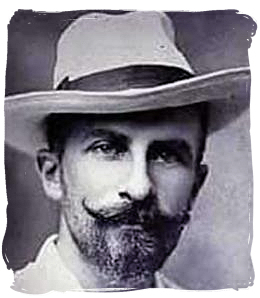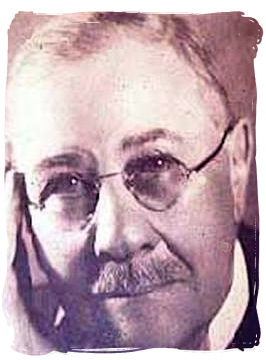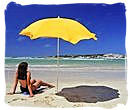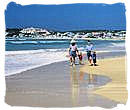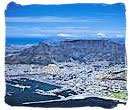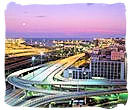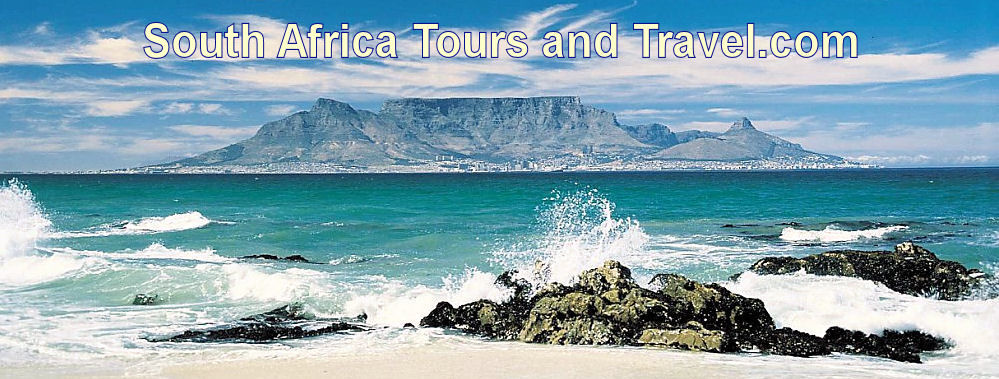 |
||||||
|
You are here:
Kruger National Park history highlightsArchaeological exploration and examination of the Kruger National Park history has produced substantial archaeological information in the form of cultural artefacts,rock art and more then 300 archaeological sites.
This historical evidence strongly indicates that the first people to inhabit the Kruger National Park region were in fact the San people, thousands of years ago. During the Southern Migration, the Nguni speaking people, migrated south into the Kruger Park area around 200 AD, looking for more grazing land for their cattle, subsequently forcing the San population to move elsewhere. Stone ruins of a royal citadel were found in the northern regions of the Kruger National Park. Known as theThulamela Stone citadel, it was built and occupied between 1250 and 1700 AD by a civilization who knew howto extract iron ore and convert it into iron. 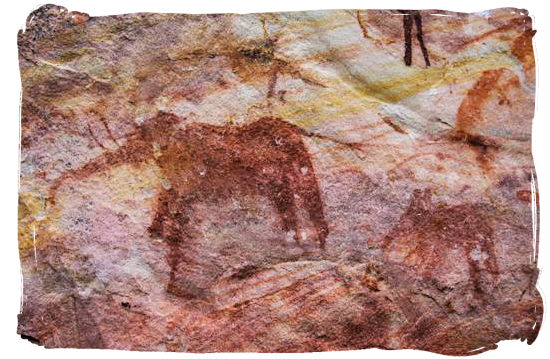 Rock painting by the san People of an elephant and what seems to be her calf - Kruger National Park history Around 800 AD Arab slave traders started raiding the northern region of present-day’s Kruger National Park in search of slaves. The first known European to explore the area was the Dutch Francois de Cuiper, who led an expedition from the Cape Colony sent by the Dutch East India Company in 1725. 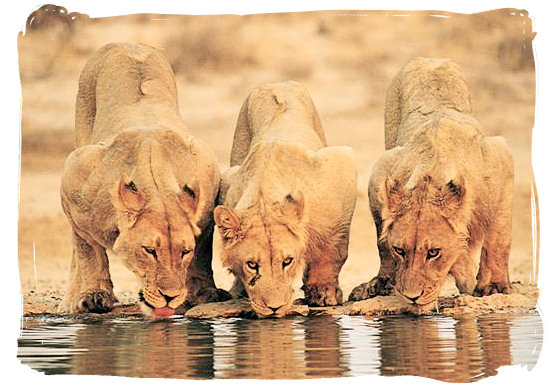 Thirsty lions at a waterhole - Kruger National Park history copyright © South African tourism However, the expedition was attacked by local people near Gomondwane, and driven away. Around 1838, Voortrekker expeditions led by Louis Trichardt and Hans van Rensburg explored the region of present-day's Kruger National Park. 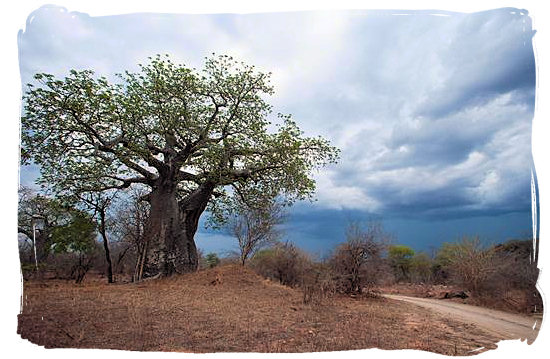 Old Baobab tree standing up to an approaching thunder storm 18 year old Italian born João Albasini, with Portuguese nationality, was the first European to settle in the area in 1845, near the confluence of the Phabeni stream and the Sabie river. Here he established a trading post, the remains of which can still be seen. Later he moved and started farming on the Luvuvhu river, near to what is now Punda Maria rest camp. 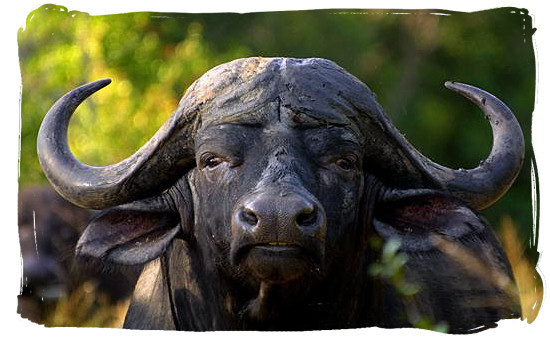 This Buffalo is watching us - Kruger National Park history Paul Kruger, born in Cradock in the Cape Colony in 1825, was one of the Voortrekkers who moved north into the interior with their families and their livestock. Paul Kruger settled in the area that was then known as the Transvaal, where he started farming near the town of Rustenburg. He became president of the Transvaal Republic in 1883 after the first Anglo-Boer war. 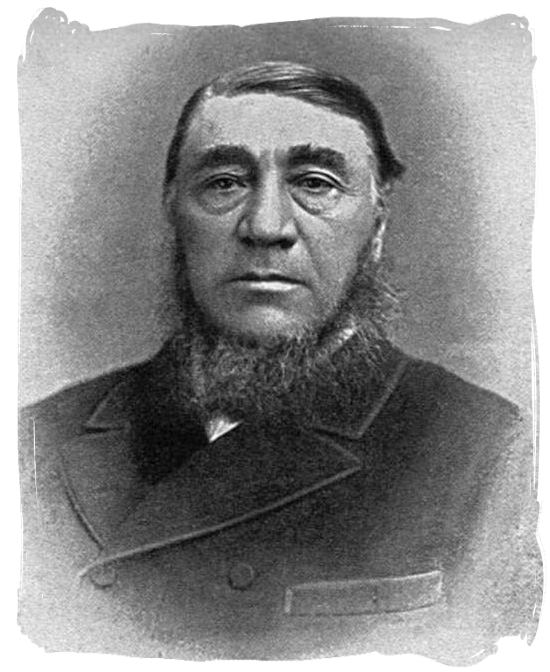 President Paul Kruger - Kruger National Park Due to his efforts the area between the Sabie and the Crocodile rivers was proclaimed as the Sabie Game Reserve in 1898. Great efforts were made to enlarge the boundaries of the reserve. This was done by consolidating the areas to the north, resulting in the merger of the Sabie Game Reserve and the Shingwedzi Game Reserve in the north into the Kruger National Park in 1926.
A plaque on one of the walls of the reception and information office at the entrance of Skukuza rest camp commemorates those who are seen as the founding fathers of the Kruger National Park. They are Piet Grobler minister of lands who introduced the National Parks Act in 1926, President Paul Kruger after whom the Park was named and who was the overall driving force behind the establishment of the Kruger National Park and major James Stevenson-Hamilton, the first warden of the Park. 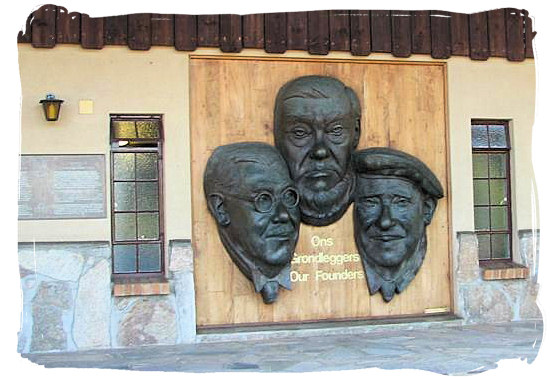 Memorial plaque in Skukuza, commemorating Piet Grobler (left), President Paul Kruger (middle) and James Stevenson-Hamilton (right) - Kruger National Park history Today the park is run by the “South African National Parks” organization (SANParks), with wildlife conservation, education and tourism as its main objectives. The South African National Parks Board is appointed by the Minister of Environmental Affairs and Tourism and is responsible for wildlife conservation and management in all the national parks of South Africa. Top of Page |
|
|||||
|
|
||||||
